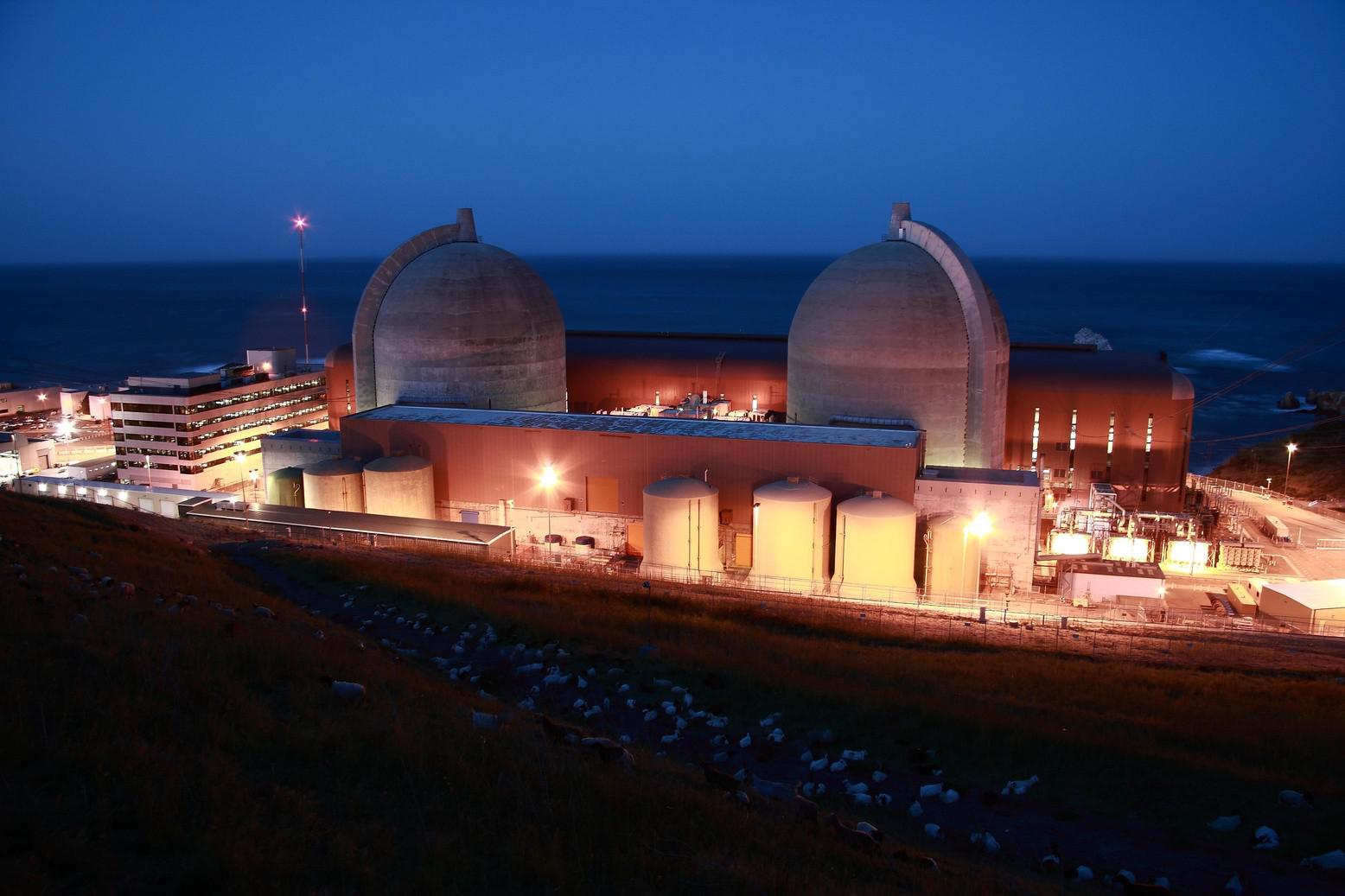Kevin B. Casey, Business Manager
Nuclear as Part of America’s Carbon-Free Strategy
IBEW President Lonnie R. Stephenson wrote in an op-ed that the Biden administration’s climate goals will be met only by expanding nuclear energy production.
With co-author Steven Nesbit of the American Nuclear Society, Stephenson said provisions in the infrastructure bill being debated in Congress that would prevent permanent closures of existing nuclear power plants are a welcome first step.
Through measures like production tax credits, President Biden can safeguard America’s largest carbon-free energy source by recognizing the clean air contributions of nuclear energy:
By building new reactors at old fossil fuel-fired power plants, President Biden can ensure reliable clean energy and high-paying jobs for working families across the country.
Nuclear energy is the resilient bedrock of our power grid, supplying around 20% of America’s electricity and 52% of our carbon-free electricity.
Thanks to nuclear power’s unique capabilities, it complements renewables and carbon capture by shoring up the power grid’s reliability without increasing emissions. Fuel-secured reactors produce dispatchable, carbon-free baseload power 24/7, which is essential for keeping the lights on during winter storms, heat waves and hurricanes.
The inclusion of nuclear alongside renewables and carbon capture will be necessary if we’re to decarbonize our economy rapidly and cost-effectively.
The Energy Futures Initiatives says nuclear workers have the highest wages within the energy sector, earning an average of $47 per hour.
In October, Nuclear Regulatory Commission chief Jeff Baran traveled to the Braidwood nuclear power plant in Illinois, represented by Downers Grove Local 15.
Not surprisingly, nuclear is the most heavily unionized part of the energy sector and its most diverse. Thirty-six percent of the workforce are women and 34% are people identifying as a racial and ethnic minorities.

